Content
When growing tomatoes in a summer cottage, one has to deal with crop diseases. The most common problem for gardeners is late blight. They are always wary of a possible outbreak of this disease. Phytophthora can ruin the harvest, which is highly undesirable.
In a few days, the fungus will infect all the tomato beds. If you do not take preventive measures, then you can skip the onset of the disease. Many summer residents try to do without chemical treatments in order to limit the intake of toxic substances into the fruits, try to use recipes of folk wisdom, medicines.
Among such proven remedies in the fight against late blight is the pharmacy trichopolum.
This remedy belongs to antimicrobial drugs and helps plants to overcome a formidable disease. A similar medication is metronidazole, which is cheaper than trichopolum and is also in deserved demand among thrifty summer residents. Use preparations for spraying tomatoes in greenhouses and open field several times during the season. With the help of the listed funds, tomato processing for preventive purposes and at the time of the onset of the spread of late blight. The main thing is to have time to process the tomatoes with trichopolum before the fruit is damaged.
The use of trichopolum at their summer cottage
Summer residents have recently begun to actively use metronidazole and trichopolum in the fight against late blight in tomatoes. But the results immediately convinced everyone that it was a reliable and budgetary tool. Thanks to the advantages that metronidazole or trichopolum have, tomato processing becomes more efficient. Three or four spraying per season is enough to prevent late blight from causing great harm to tomatoes. Advantages of Trichopolum, which summer residents celebrate:
- Safety for humans. The fruits can be safely consumed after rinsing with water.
- Effective effect not only on spores of fungi, pathogenic bacteria, but also on pests of tomatoes that avoid plants treated with trichopolum or metronidazole.
When to start using trichopolum or metronidazole on tomato beds? Let us recall the signs of late blight:
- the appearance on the leaves of spots of a black or dirty gray shade;
- inflorescences quickly turn yellow and black;
- if fruits have already set on the bushes, then brown spots appear on them;
- tomato stems are covered with dark spots;
- the main symptom is the rapid spread of the listed symptoms.
The presence of all signs is already an active phase of the course of the disease.
Therefore, spraying tomatoes with trichopolum (metronidazole) should be started in advance. Experienced gardeners have developed a processing schedule that will reliably protect the tomato planting.
The disease spreads very quickly and you may be late. Therefore, carry out preventive spraying on time.
Do not skip the main periods of processing tomatoes with Trichopolum and Metronidazole:
- sowing seeds;
- picking seedlings;
- transplanting into open ground or into a greenhouse.
Such treatments are preventive, not curative, and therefore more effective. They will prevent the insidious fungus from settling on tomato bushes and prevent its rapid spread.
Timing and technique for spraying tomatoes with trichopolum
In addition to treatments in the initial phases of tomato growth, it is necessary to spray during the season.
- First preventive spraying tomato... Processing begins in early summer.During this period, ideal weather conditions are created for the reproduction of fungal infections on tomato bushes. Therefore, do not limit yourself to tomato beds. Add the product and spray on other crops. Metronidazole is suitable for cucumbers, beans, cabbage, grapes, fruit trees.
- The second treatment is carried out before the start of the harvest. Best in just two weeks. But if you have already noticed the appearance of rot on the leaves of tomatoes before the scheduled time, then spray without tightening! In this case, the treatment will need to be carried out daily until the symptoms of the disease disappear, adding root watering with a trichopol solution.
Some experienced summer residents advise to carry out treatment with the drug once every 10 days during the season. Regular spraying can lead to adaptation of the fungus to the drug. In this case, you need to change the formulation of the composition for processing.
To prepare the solution, 20 tablets of trichopolum or metronidazole are diluted in 10 liters of water. The tablets must be thoroughly crushed and diluted in a small amount of warm water. Then mix with the rest of the liquid. After 20 minutes, tomatoes are sprayed with this composition.
On small areas, use a sprayer, if the plantings are large enough, take a sprayer.
Strengthen the action of the solution will help:
- The usual pharmacy "brilliant green". Pour one bottle of "brilliant green" into the trichopolum solution and spray the tomatoes. The mixture should hit both sides of the leaves.
- Alcohol solution of iodine. One bottle is enough for a bucket of trichopolum composition for spraying tomatoes.
Preventive spraying of tomatoes at the beginning of development is carried out with a composition with a lower concentration (10-15 tablets per bucket of water).
To prevent fungi from getting used to the drug, combine spraying with other formulations:
- Grated cloves of garlic (50g) + 1 liter of kefir (it must ferment!) Dilute in 10 liters of clean water. Pour the diluted mixture into a sprayer and process the tomatoes.
- Mix one liter of milk whey + 25 drops of a pharmacy alcoholic solution of iodine (5%) with 10 liters of water.
For the preparation of solutions, summer residents often choose metronidazole than trichopolum. Trichopolis has a fairly high price.
Treatments are carried out more than once, so it is more economical to use its analogue.
Conclusion
The effectiveness of Trichopolum has been proven by the experience of gardeners. It is used to reduce the amount of toxic substances absorbed by tomatoes when treated with chemicals. But there are remedies that not only protect tomatoes from diseases and pests, but at the same time supply nutrients. Therefore, you have the right not to limit the list of spray preparations to only pharmacy names. Although those summer residents who competently use trichopolum completely get rid of phytophthora on plants.

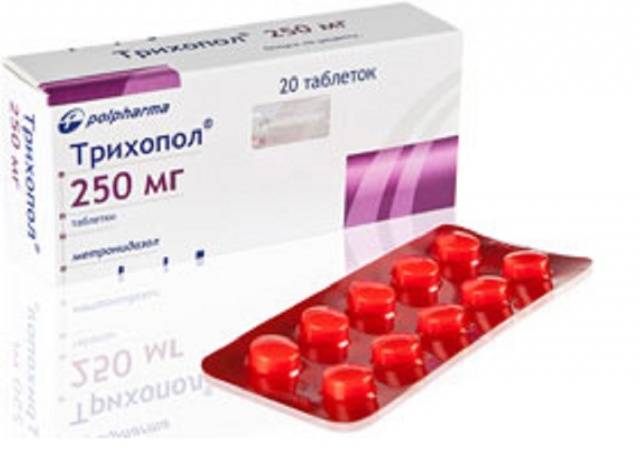
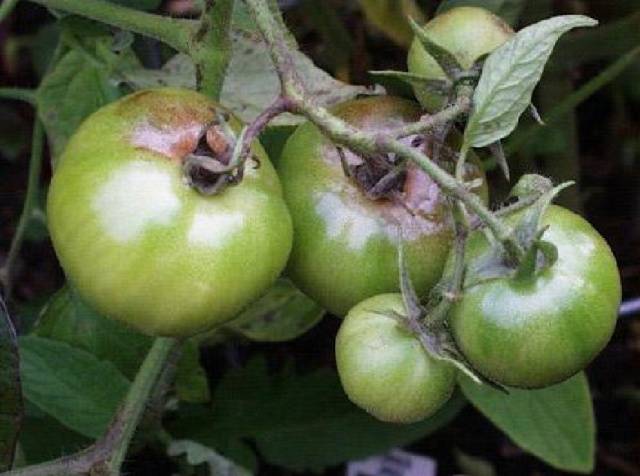
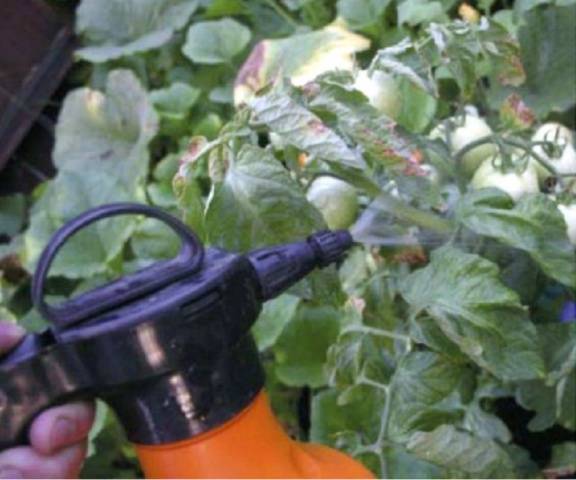

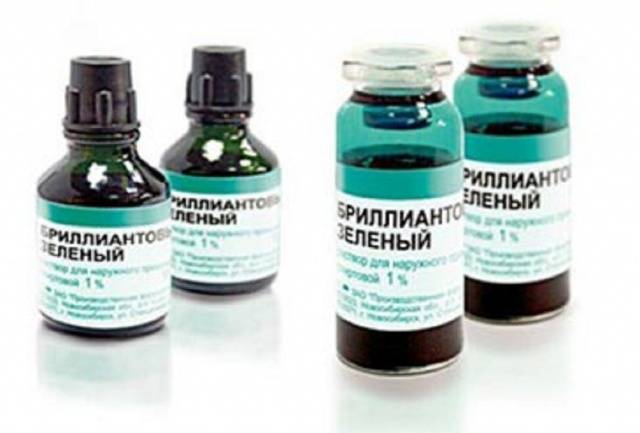
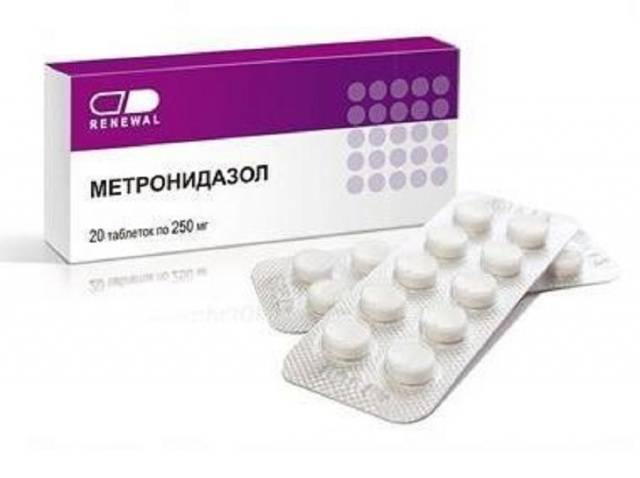







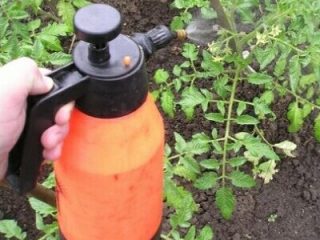

Irina, hello!
Unfortunately, you have not written what diseases you are going to save the flowers from. If we knew what problems phlox, delphinium and lily had, we would give specific recommendations for the treatment of plants.
To your question, we answer that you can treat flowers with both metronidazole and brilliant green.
• Metronidazole, which we better know as Trichopolum, is an antimicrobial and antiprotozoal (protozoan) drug.
• Zelenka or brilliant green is an antiseptic.
Metronidazole acts on a number of fungal plant diseases as they are caused by protozoa. Zelenka is used in agriculture as a selective herbicide, its solution in a weak concentration will disinfect the plant.
In order to process flowers, dissolve 10 tablets of metronidazole in a bucket of water, pour in a teaspoon of brilliant green. Stir well, strain through a nylon stocking. For the solution to work better, add 2 tablespoons of liquid soap (but not detergent !!!).
Important! When spraying, do not neglect personal protective equipment.
But such a solution is best used as a prophylactic agent, and not when the disease has already struck the plant. For these purposes, there are many, both chemical and folk remedies, growing right in your garden or nearby meadows.
We would like to note that the use of chemical preparations is most effective for ornamental plants, since we do not use them for food.
Can be used for spraying flowers: denlphiniums, phloxes, lilies metronidazole + brilliant green? What is the amount of brilliant green and metronidazole for the solution? Thank.